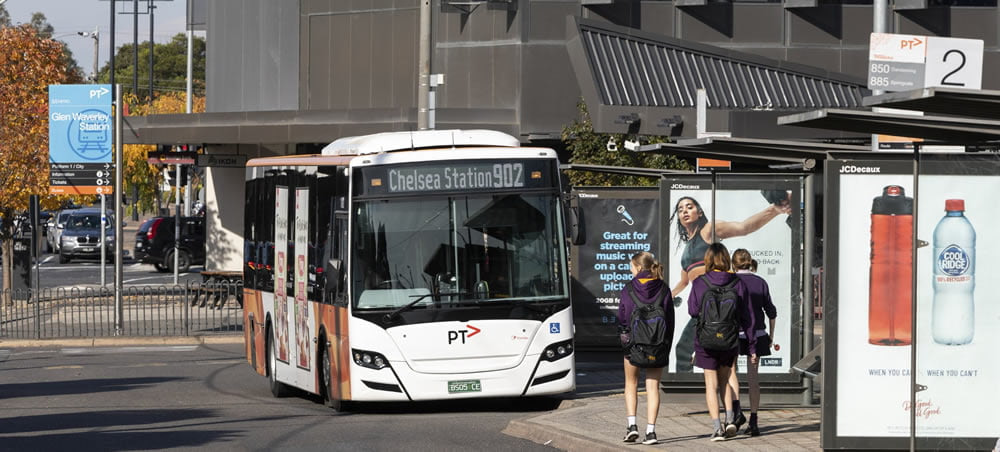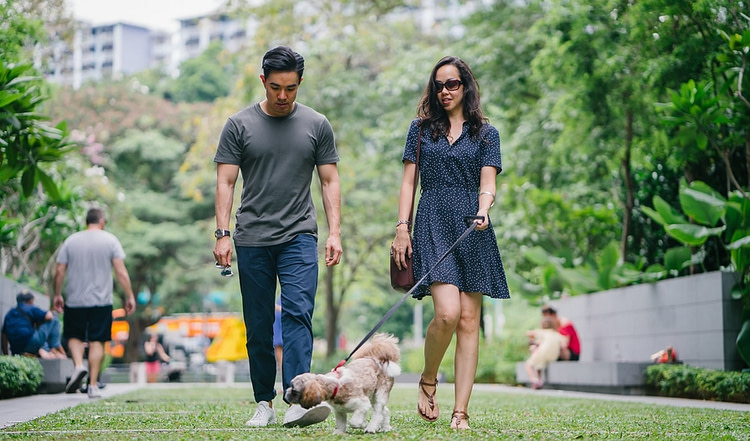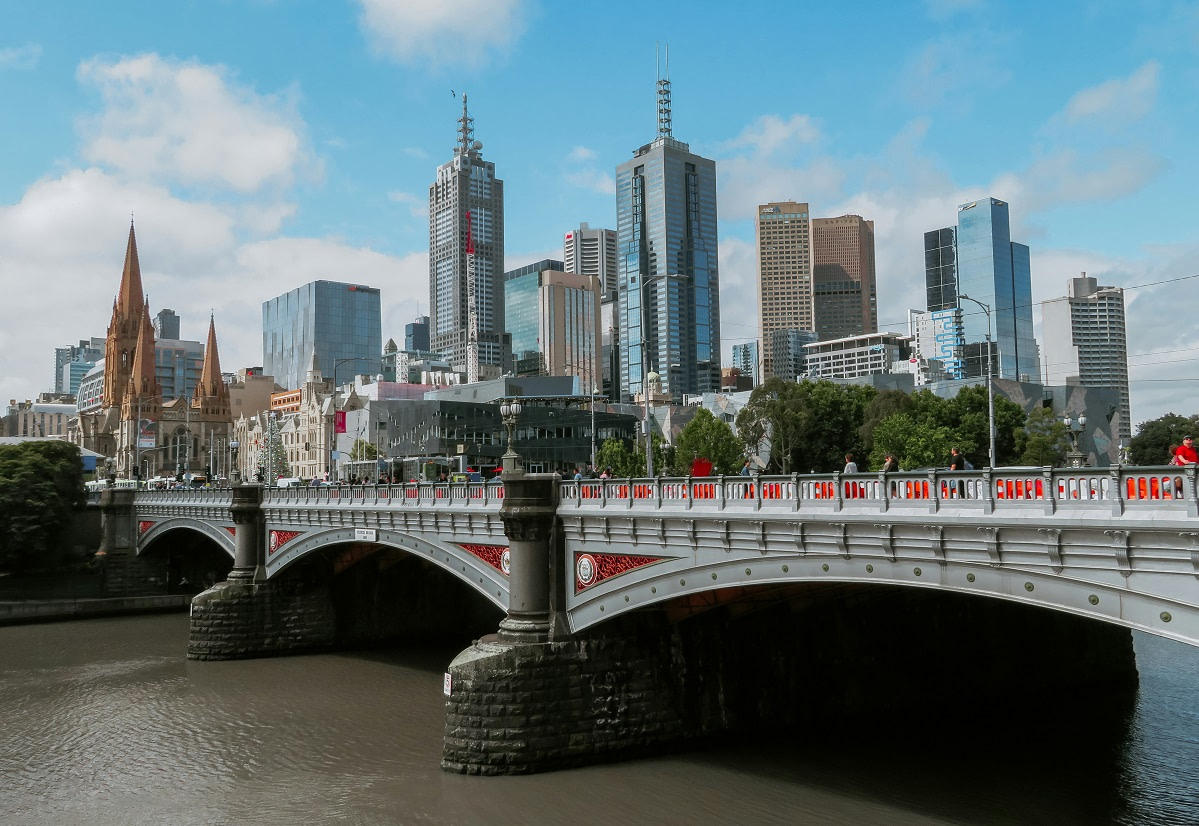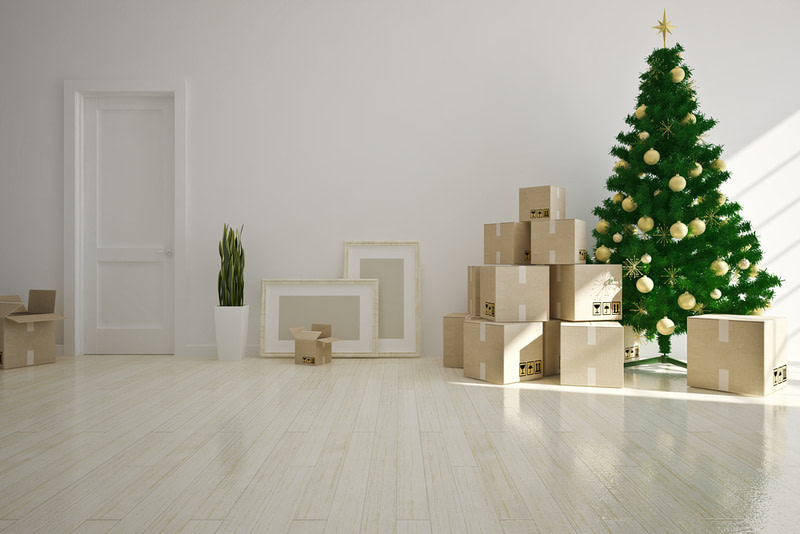Last Updated on September 1, 2023 by Vlad Stoikovich
Are you planning a move and wondering how to seamlessly settle into your new neighbourhood? You’re not alone, and this article is here to help. We’ve compiled a list of tips and advice to make your transition as smooth as possible, ensuring you’ll feel right at home in no time.
Getting to Know Your New Neighborhood
Moving to a new neighbourhood can be both exciting and daunting. To help you settle in and feel at ease, it’s important to get to know your new surroundings. Start by taking a walk around your local area to familiarise yourself with the streets, parks, and shops. Make a note of any local businesses or amenities that you might need, such as supermarkets, post offices, and medical centres. You can also use websites like WalkScore to check the walkability and public transport options in your new neighbourhood.

Another way to get to know your new community is by engaging with your new neighbours. Introduce yourself and ask for recommendations on local services, events, and activities. You can also join local online community forums or social media groups, such as Nextdoor, to stay informed about what’s happening in your area.
Finally, don’t forget to explore the local culture and history. Visit nearby museums, galleries, and historical sites, or attend community events and festivals. This will not only help you learn more about your new neighbourhood, but also provide opportunities to meet new people and make friends.
Meeting Your New Neighbors
Meeting your new neighbours is an essential step in settling into your new neighbourhood. It helps you build relationships, feel more connected to your community, and can even improve your safety. To make a good first impression, consider the following tips:
- Introduce yourself shortly after moving in. This can be as simple as a friendly smile and a wave when you see your neighbours outside or a knock on their door to say hello.
- Bring a small gift, such as a baked treat or a plant, as a token of goodwill. This gesture can help break the ice and shows that you’re thoughtful and considerate.
- Be open and approachable. Share a bit about yourself and your family, and express interest in getting to know your neighbours better. However, also be respectful of their privacy and boundaries.
- Attend community events or join local groups to meet more people in your area. This can provide opportunities for socialising and strengthening your connection to the neighbourhood. Visit Neighbour Day for ideas on how to engage with your neighbours.
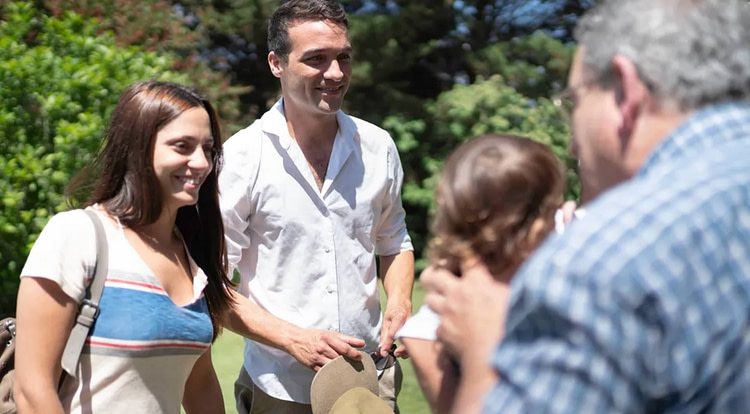
By taking the time to meet and engage with your new neighbours, you’ll be well on your way to feeling at home and creating a welcoming environment for everyone.
Exploring Local Amenities and Services
Moving to a new neighbourhood can be both exciting and challenging. To make the transition smoother, it’s essential to familiarise yourself with local amenities and services. Start by exploring your surroundings and identifying nearby facilities such as schools, healthcare centres, and public transport options. Walking or cycling around your new area is an excellent way to discover parks, libraries, and community centres that can enrich your daily life.
Another important aspect to consider is shopping and dining options. Locate supermarkets, grocery stores, and local markets where you can purchase fresh produce. Additionally, identifying nearby cafes, restaurants, and takeaway options will help you settle in quickly.
Australian government resources are valuable tools for finding more information on local services and amenities in your area. Don’t forget to engage with your neighbours and join community groups or social media pages to stay informed about events and updates.
Joining Community Groups and Events
One of the best ways to feel at home in your new neighbourhood is to actively engage in community groups and events. These provide excellent opportunities for meeting new people, making friends, and discovering local resources. Start by visiting your local council’s website to find information on upcoming events and community groups in your area.
Consider joining clubs or organisations based on your interests, such as sports teams, hobby clubs, or volunteering groups. Local libraries and community centres often host events and workshops, providing a welcoming environment to learn new skills and connect with others.
- Research local groups on social media or through websites like Meetup.
- Attend community events, such as markets, fairs, and festivals.
- Offer your skills and expertise by volunteering for local organisations or community projects.
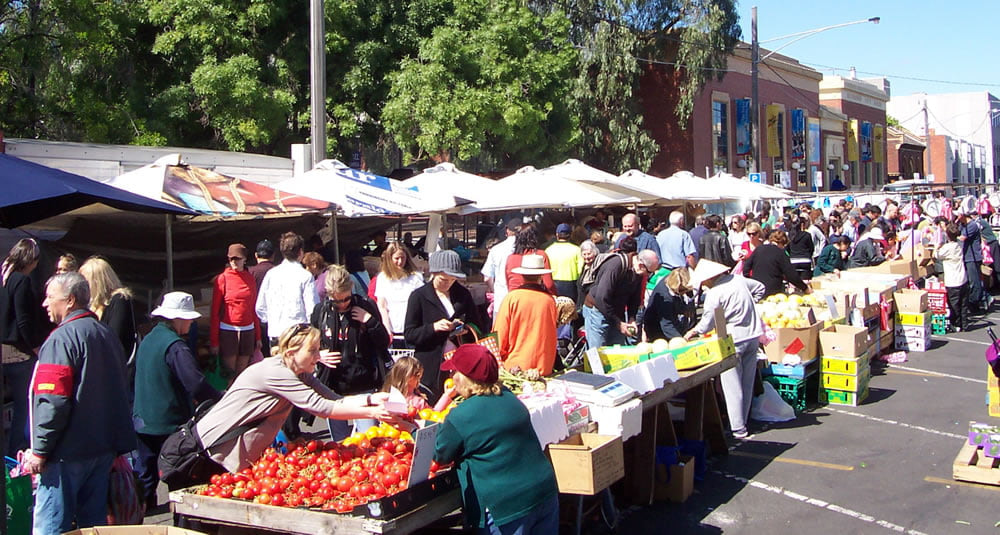
Remember, it takes time to build connections and feel settled in a new community. By participating in community groups and events, you’ll not only enrich your own life but also contribute to the vibrancy and inclusiveness of your new neighbourhood.
Establishing a Routine in Your New Home
Moving into a new home can be both exciting and overwhelming; establishing a routine early on can help ease the transition and promote a sense of stability. Start by unpacking and organising your belongings systematically, focusing on essential items first. This approach will help create a functional living space and enable you to develop a daily routine more quickly.
Next, familiarise yourself with your new surroundings by exploring the neighbourhood and locating nearby amenities, such as schools, shops, and public transport. This will help you plan your daily activities and reduce the stress of navigating an unfamiliar area.
Once you have settled in, set a routine for chores and responsibilities. Communicate with your family members to ensure everyone is on the same page and understands their duties. Establishing a regular schedule for tasks like cleaning, laundry, and grocery shopping will help maintain order in your new home.
- Unpack and organise belongings systematically.
- Explore the neighbourhood and locate nearby amenities.
- Establish a routine for chores and responsibilities.
For further guidance on moving and settling into your new neighbourhood, visit the Australian Government’s Moving House resources page.

Dealing with Homesickness and Culture Shock
Moving to a new neighbourhood can be an exciting yet challenging experience, as you may face homesickness and culture shock. Understanding and managing these feelings is crucial for a smooth transition.
Homesickness is a natural emotional response to being away from familiar surroundings, people, and routines. To combat homesickness, maintain connections with loved ones through regular phone calls or video chats, and create a comfortable living environment that reminds you of home.
Culture shock occurs when you encounter unfamiliar customs, values, and social norms. To ease this, invest time in learning about the local culture and history, and engage in activities that promote cultural understanding, such as language classes or social events. Patience, open-mindedness, and a sense of humour can also help you adjust to your new surroundings.
For further support, consider joining expat communities or local clubs to share experiences and make new friends. Australian government resources can provide valuable information on navigating your new neighbourhood and adapting to the Australian way of life.
Connecting with Local Schools and Education
Moving to a new neighbourhood can be both exciting and challenging. One of the key aspects to settling in and feeling at home is connecting with local schools and educational institutions. This is particularly important if you have children or are planning to start a family.
To begin, research the schools in your area by visiting their websites and checking their rankings on the My School website. This will give you an insight into their academic performance, facilities, and overall reputation. Additionally, you can consult the Australian Curriculum, Assessment and Reporting Authority for more information on the education system and national standards.
Once you have shortlisted the schools that meet your requirements, organise a visit to each of them. This will enable you to meet the staff, observe the learning environment, and ask any questions you may have. Remember to also consider factors such as school fees, distance from your home, and extracurricular activities available.
Finally, connect with other parents in the neighbourhood by joining local community groups or online forums. This will not only help you gather valuable insights about the schools but also assist in building your support network in the new community.
Creating a Safe and Secure Home Environment
Creating a safe and secure home environment is essential for the well-being of your family and property. To achieve this, there are several key steps you can take. Begin by assessing the security of your home’s doors, windows, and locks, ensuring they are robust and in good condition. Upgrade or repair any weaknesses you find.
- Install a reliable home security system, such as alarms and cameras, to deter intruders.
- Ensure your outdoor lighting is sufficient and consider adding motion-activated lights.
- Store valuables in a secure location, such as a safe or lockbox.
- Regularly trim plants and bushes around your property to eliminate hiding spots for potential intruders.
- Join your local Neighbourhood Watch program for additional support and advice.
Additionally, don’t forget to create a fire safety plan for your family, including regular checks and maintenance of smoke alarms, fire extinguishers, and escape routes.
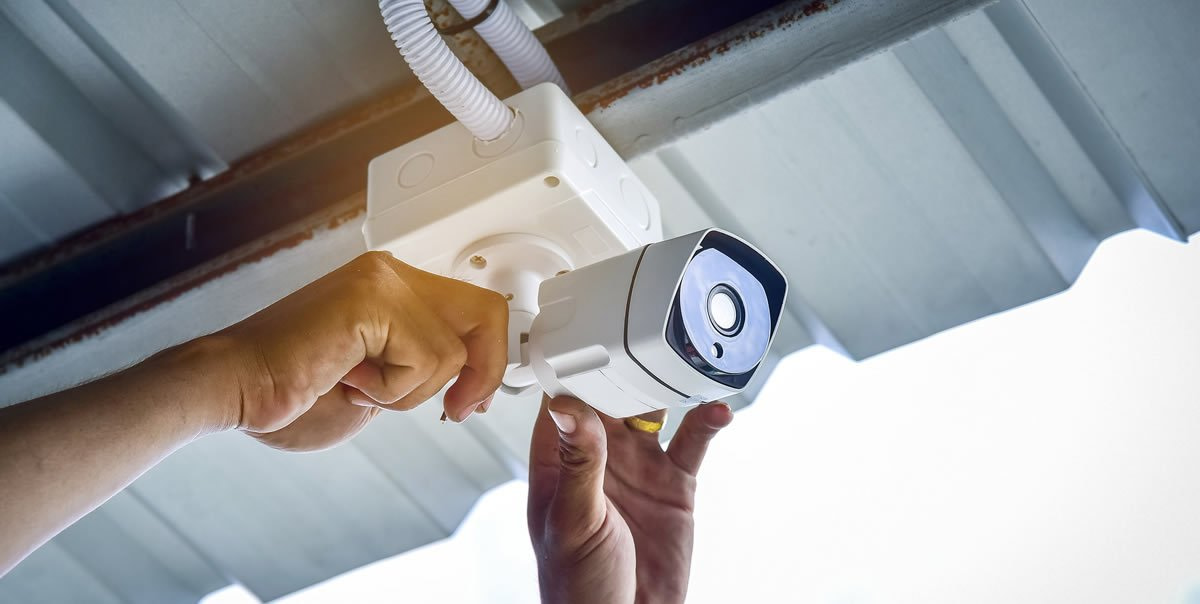
By taking these steps, you can enjoy peace of mind in your new home and neighbourhood, knowing you have created a secure environment for your loved ones.
In this article, we aimed to provide valuable tips and advice to help readers smoothly transition into their new neighbourhoods. From familiarising oneself with local amenities and engaging with neighbours, to establishing routines and ensuring safety, we hope these insights have equipped readers with the knowledge necessary to confidently navigate their new surroundings. By actively participating in community events, connecting with schools, and budgeting wisely, anyone moving into a new neighbourhood can create a welcoming

Vlad Stoikovich is the General Manager of HomeMove, with more than twenty years in the Melbourne removalist industry, you won’t find anyone with more experience or greater integrity.


